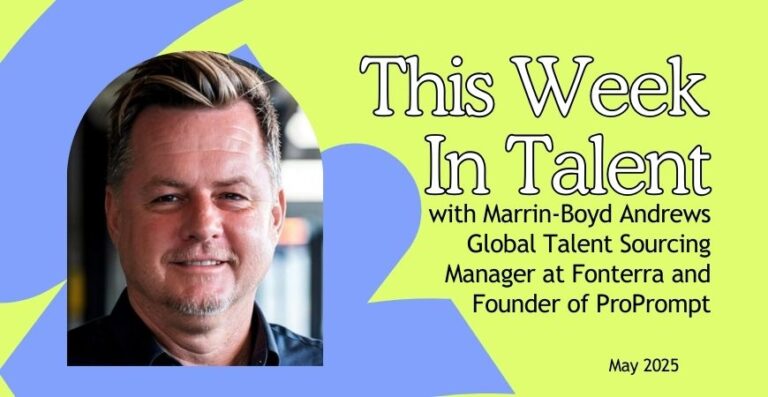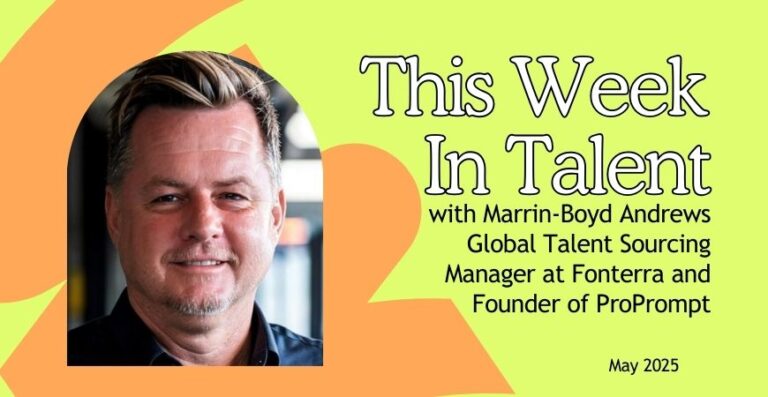When it comes to hiring their Christmas casual work-force for 2021, The Body Shop will be moving away from traditional recruitment methods and instead hiring workers on a first-come, first serve basis.
Candidates will not be required to have a resume, experience, or provide any references. Rather, they only be asked three screening questions: Can they legally work in Australia? Can they lift up to 11kg and work an eight-hour shift? And are they happy to work with customers?
This method of hiring, known as Open Hiring, is a way of combatting bias and other barriers that certain candidates face when applying for jobs.
What is open hiring?
Open hiring is a recruitment style that aims to level the playing field for candidates who traditionally face barriers to the workforce, such as single parents, people with disabilities, the homeless, older workers, and First Nation Australians, just to name a few. Candidates aren’t required to provide resumes or references, and there are no interviews.
Speed is the determining factor in the open hiring process, and candidates are hired on a first-come, first-serve basis regardless of their background, education, or experience.
But while combatting bias and levelling the playing field is a key driver of open hiring, it is by no means the only benefit.
Open hiring also allows organisations to:
- Widen their candidate pool. By removing all requirements for application, you automatically widen your available talent pool. This is particularly beneficial for entry-level jobs where training and development will be provided by the organisation anyway.
- Hire faster. No sifting through resumes or reference checks means fewer delays in the recruitment process and a quicker route to onboarding.
- Make a societal impact. Having a job adds to our sense of purpose and identity. By levelling the playing field, open hiring gives people who are often overlooked or unable to enter the workforce the ability to start a new chapter and feel a new sense of purpose in their day-to-day.
- Improve diversity. If you widen your candidate pool and remove key barriers to entry, you’re likely to increase the diversity of your candidates, and ultimately your workforce.
- Boost employer brand. Environmental, corporate, and social governance is becoming more important as job seekers opt to work for companies whose values align to their own. By offering people a ‘fair go’ at employment, in-demand candidates are more likely to see that your company really values its people and position in society.
Of course, as with anything there are also some disadvantages to the model of open hiring.
Cutting out all due diligence (in terms of qualifications and background checks) can leave your organisation open to some safety risks.
Open hiring also isn’t going to be appropriate for all types of roles. There is no getting around the fact that qualifications and (often many years of) training and experience are essential for many roles in our workforce, but that doesn’t mean that open hiring could not be used more widely in specific instances of low-skilled and entry-level recruitment campaigns.
Will we see more open hiring campaigns in Australia?
While open hiring may seem unorthodox, it isn’t a new concept. The practice first appeared in the 1980s when New York’s Greyston Bakery decided they wanted to adopt a more equitable and socially conscious model of recruitment.
Embracing the motto More than a Brownie, More than a Job, open hiring and job-development have been a key focus of the bakery’s business growth model for the better part of 30 years, driven by their Center for Open Hiring.
The Body Shop has run open hiring recruitment drives in the United States since 2018, but this is their first foray with the practice in the Australian market.
And although open hiring isn’t a common recruitment tool in Australia, there are indicators that companies are becoming more open minded in their approach to volume hiring and focusing on candidate markers other than experience and qualifications.
According to Gareth Flynn, Founder and Managing Director at advisory talent acquisition firm TQ Solutions, they are seeing appetite from client to adopt a more open-minded approach to volume hiring.
“We haven’t had direct experience (yet) with clients using open recruitment, but we have been working with a big retailer in Australia who is changing their approach to volume hiring and working rights,” says Gareth Flynn, Founder and Managing Director at TQ Solutions.
“Proximity to store and shift availability will be the key drivers of success for volume screening, not the resume or previous experience,” he says.
“It also means that you do not need a traditional resume-based application process which will be much kinder for diverse talent groups; they are looking at a variety of interfaces to submit interest including via chatbot.”
Jody Smith, Talent Acquisition Lead at Level Crossing Removal Project and our resident TWIT editor says that open hiring provides an innovative approach to recruitment that pushes recruiters to think outside their comfort zone.
“This is an innovative and modern approach to recruiting that removes barriers for young people, and people from disadvantaged backgrounds,” says Jody.
“It’s worth looking at these initiatives and asking yourself whether references and resumes are really needed as part of your recruitment process?”
However, not everyone is sold on the merits of open hiring.
Paul Martin, Head of Talent Acquisition at RMIT University questions if living up to this strategy is even a good idea.
“Who determines if the candidate is able to fulfil the “inherent requirements of the role”? If the inherent requirements are based on a simple ‘yes’ response to those 3 questions from the candidate, then what is the purpose of the manager meeting pre-hire? Why not just send the applicant a contract and start date before they meet the manager?” Paul says.
“I sense the reality is that the manager meeting will still be a selection hurdle even if not described as an interview. I’m also unconvinced that basing success on a time stamp of application submitted is a good equality strategy? That makes no sense to me, what if they have a run of non-diverse candidates who all apply first and meet the requirements, are they really going to discount the opportunity to hire diverse candidates simply because they may have applied later?” he says.
“I’d be interested to see if they’d trust this process to hire their next CEO – First to apply and answer yes to some CEO inherent requirements questions captains the ship!”
Sarah Blanchard, Head of Client Success, Solutions at Talent International can identify benefits to the approach, but also sees the need for a healthy does of scepticism when looking at open hiring.
“The discussion around open hiring has certainly been popping up more frequently of late , although I’ve not had direct experience yet. I greatly appreciate that some of the suggested benefits may include a more diverse and inclusive approach to hiring, equity in the hiring process, reduction in time to hire, thus ability to scale quickly, however the sceptic in me tells me to dig a little deeper. 3 simple questions, no resume, no interview, no background checks, and I’m in, right?” says Sarah
“The approach heavily relies on trust and let’s face it not everyone is as honest as we would always hope for. What happens when I can’t lift the 11 Kilos when I’ve already been offered the role, is there really not even an online assessment? What if I forgot to mention I’m on a Visa or in actual fact don’t have the right to work as many hours as suggested?” she says.
“No background checks in a customer facing environment is indeed a bold move. I’m “happy to work with customers” but I’ve had no prior experience in doing so, so what does training look like. I wonder what the downstream impacts on CX – positive or not – will be particularly at this bumper time of year – time will tell!”
“As for the inclusive nature of the approach, I absolutely love the idea of breaking down barriers to entry for all, but this reads a little like a “fastest finger first” approach rather than a deliberate diversity play. I’m looking forward to having a first hand experience of a truly open hiring process as The Body Shop campaign suggests, but for now I will reserve judgement and I’m very happy to eat my words if it results in the ongoing removal of some of the traditional approaches to assessment and selection and allow for a big step forward around diversity.”
Are you using or do you have plans to use open hiring processes for your recruitment campaigns? Tell us in the comments below!
Cover image: Shutterstock







